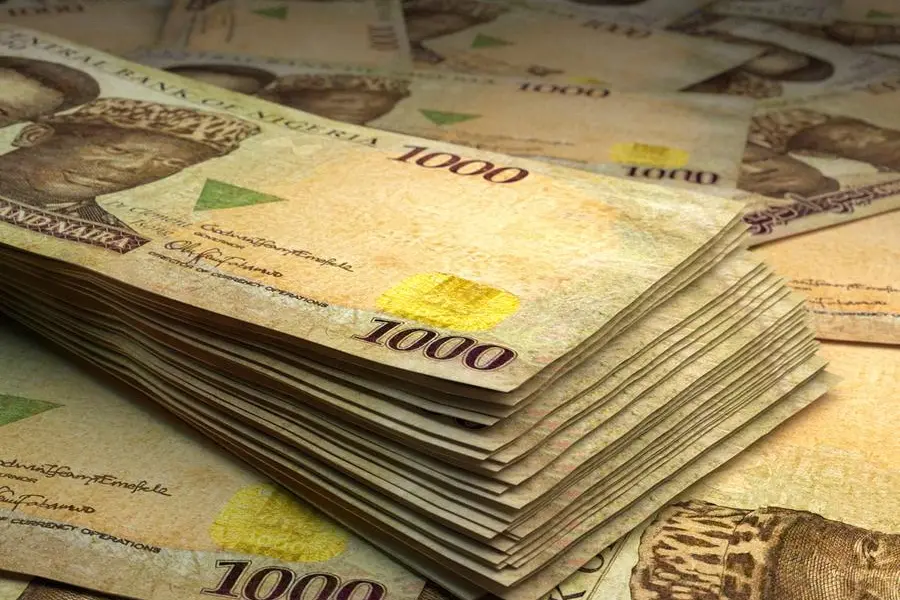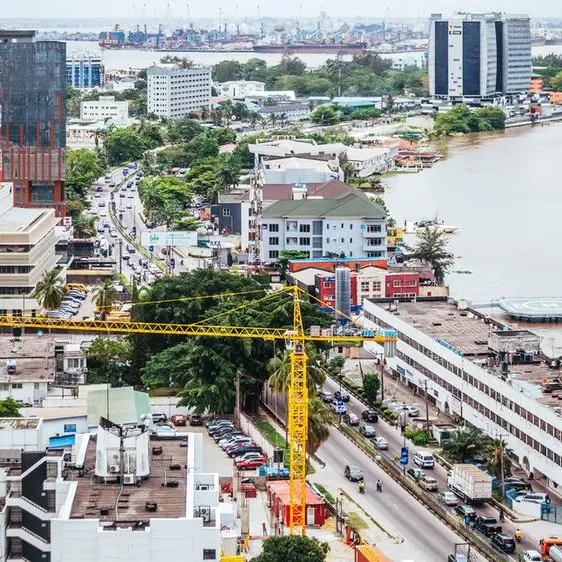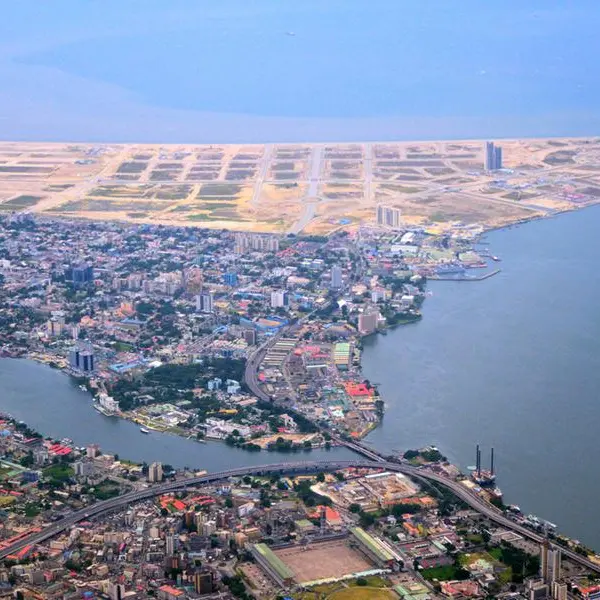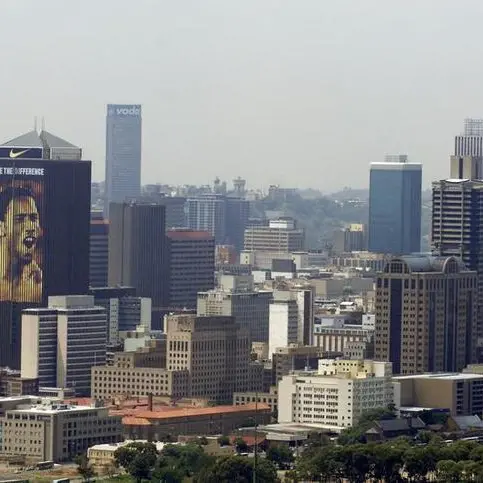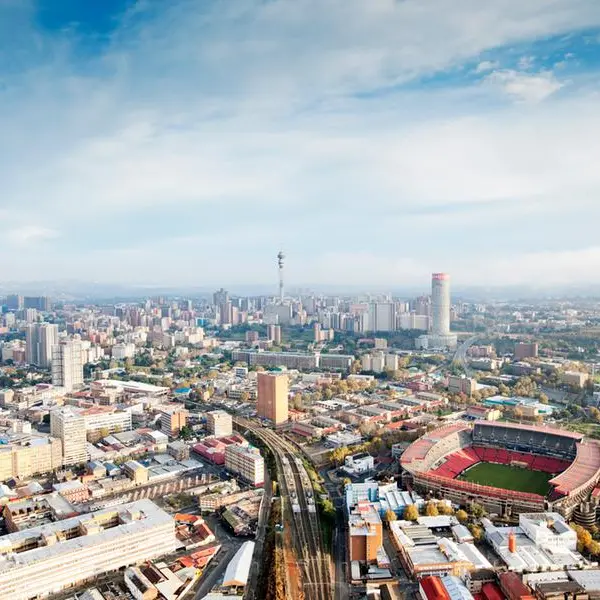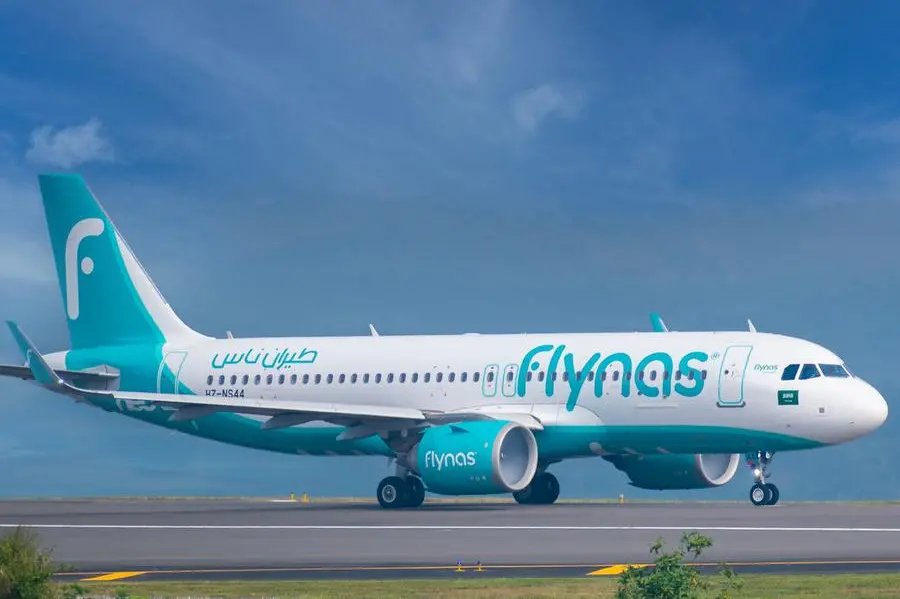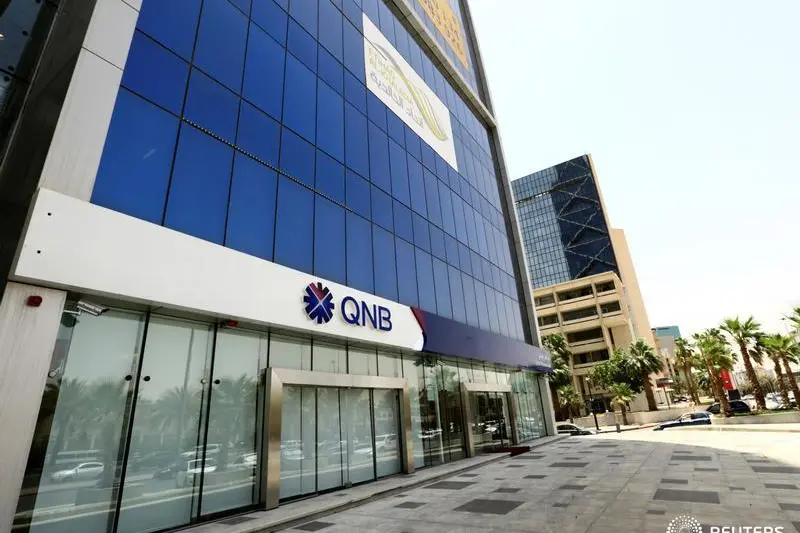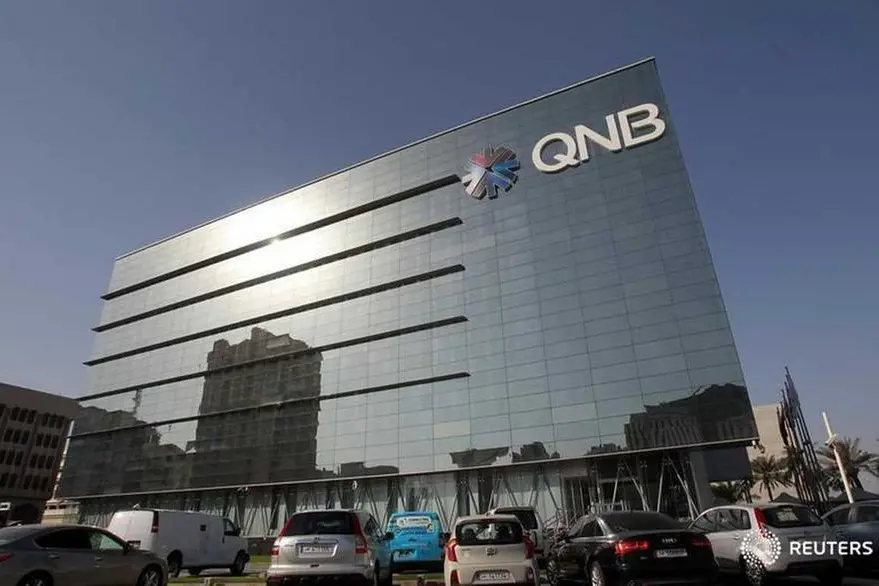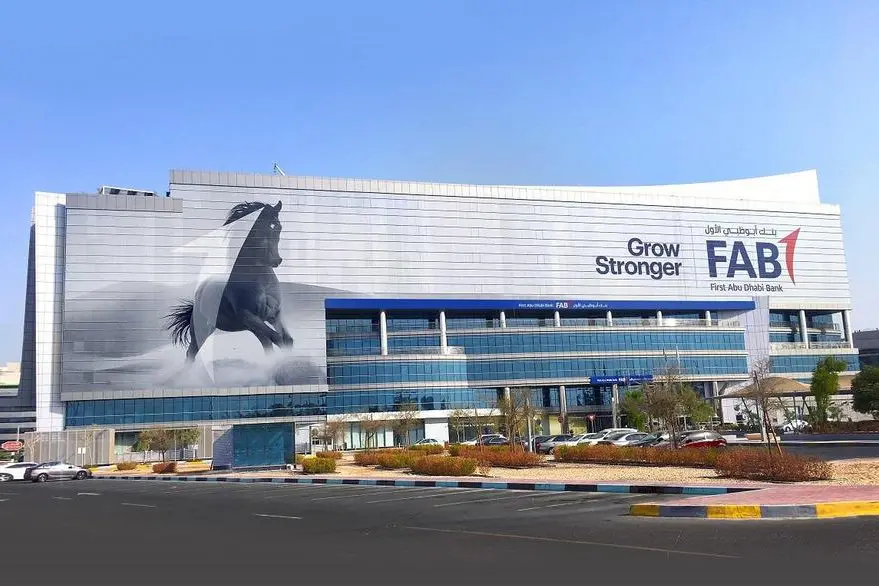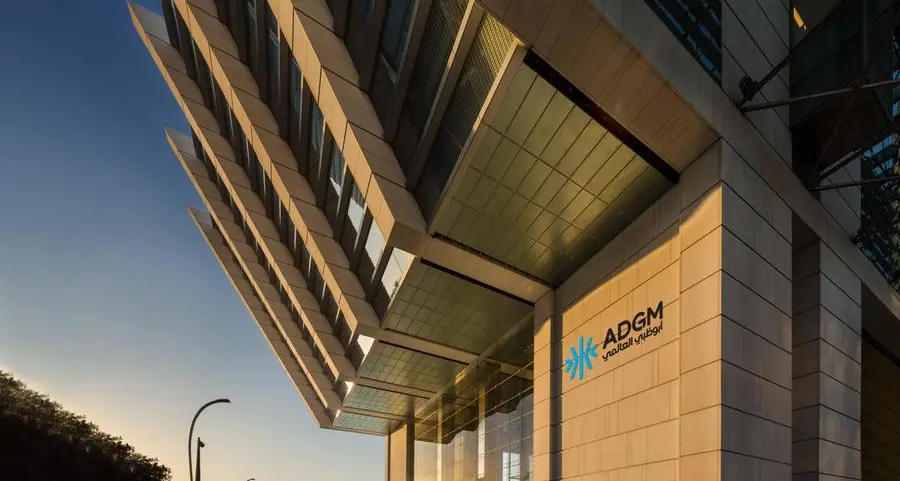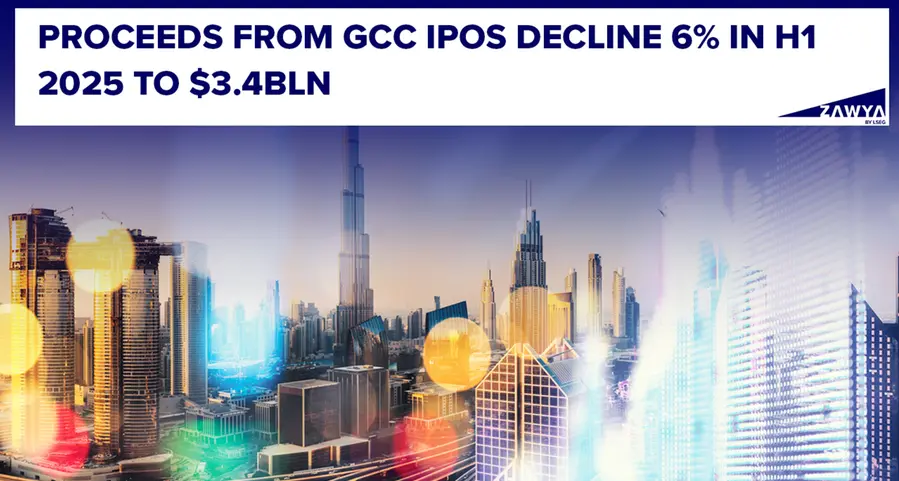PHOTO
Nigerian naira bills. GettyImages Image used for illustrative purpose
Five meetings held by the Central Bank of Nigeria’s Monetary Policy Committee this year have pro- duced five rate increases aimed at reining in accelerating inflation.
At the last meeting in September, the monetary authorities extended the bench- mark rate to 27.25%, a new record. It rep- resents a cumulative increase of 850 basis points this year, establishing Governor Olayemi Cardoso’s reputation as a fiscal tightening hawk.
As can be expected, yields and borrow- ing costs have been rising in step with the monetary policy rate. At a 13 October Treasury bills auction by the central bank under its open market operations aimed at controlling liquidity, the regulator closed the deal at 24.3%. Dealers said the cen- tral bank chose that stop rate to keep the transaction to the N500bn on offer and avoid oversubscription.
As of 15 October, Treasury and Open Market Operations bills were trading with yields of between 21% and 25.96%, with bills due in June 2025 leading the pack. Yields on federal government bonds have been slightly more subdued, ranging from 16.73% to 23.71%, according to data on the Financial Market Dealers Association’s FMDQ platform.
Commercial papers, through which companies raise short-term financing for working capital and other uses, have led the way toward higher rates. Dufil Prima Foods Ltd., which manufactures the popular Indomie noodles brand, is among the first companies to sell com- mercial papers since the latest central bank rate increase. An offer repayable in April 2025, at 27%, opened on 10 October, with subscribers given a week to take up the offer.
One of the first issuers to reach the 30% mark for yields is SKLD Integrated Services Ltd., with 270-day notes that closed on 4 September. A separate 180-day duration offer had an interest rate of 28%.
The N5bn, 270-day commercial papers offered by C&I Leasing two days after the Central Bank decision, had a yield of 29%. The Lagos-based company, which is engaged in equipment leasing and logistic services in Nigeria and Ghana, closed the offer on 4 October.
Similarly, two tranches of commercial papers issued by investment bank DLM Capital Group for N5bn, with durations of 180 days and 270 days, attracted yields of 26.9% and 29% each. Both offers closed on 26 September, two days after the cen- tral bank raised its key rate.
When Dangote Cement, Africa’s largest manufacturer of building materials and one of Nigeria’s most profitable compa- nies, sold 177 and 266-day commercial papers in May for N150bn, the yield was 5% and 6% respectively.
But Dangote Sugar, with less formida- ble credentials in the same group, raised two tranches a month earlier for a total of N42.79bn at 23% for the shorter tenor and 25% for the longer tenor, indicating that less risky issuers can still raise funds more cheaply.
Effective bait
The high yields on debt have proved to be an effective bait for foreign portfolio inves- tors seeking higher returns. “This high re- turn on debt instruments drew substantial foreign interest,” analysts at Lagos-based Cowry Asset Management said in a recent note to clients. “This strong performance in money market and debt instruments indicates the critical role elevated interest rates played in attracting foreign capital.”
Foreign capital flows into Nigeria surged in the first half of this year to $5.98bn, over double the $2.16bn re- corded for the same period in 2023, according to data provided by the National Bureau of Statistics.
Even more interesting is the dif- ference between the first and sec- ond quarters of this year. With the first rate hike of 400 basis points in February, there was an inadequate response time for investors, who brought in more than $1bn by the end of March. Inflows in the second quarter reached $2.6bn, more than double the figures for the preceding three months.
At least $3.48bn or 58.2% of the funds that came in between Janu-ary and June have gone to portfolio investments, a more-than-threefold in- crease from the $750m spent on the same category of items during the comparable period last year. Out of the funds that went into portfolio investments, $2.68bn went to money market instruments, $598m went to bonds and equities attracted $199m. The money market investments targeted main- ly Treasury bills, open-market-operations bills and commercial papers.
CBN Governor Yemi Cardoso (pictured right), briefing the Parliamentary Com- mittee on Finance on 15 October, said he was satisfied with the trajectory of the monetary policy measures taken under his watch. “We anticipate a significant moderation in inflation by year-end as our policy measures take effect in the real economy,” he said.
“While the current trends are encourag- ing, the Bank remains vigilant, focused on implementing policies that ensure mon- etary and price stability to support sus- tainable economic growth.”
Rate hike strategy
With Nigeria threatened by runaway infla- tion that was made worse by exchange- rate pressures, Cardoso chose rate hikes as a strategy to moderate inflation while attracting foreign portfolio flows to help ease the pressure on the naira.
It’s an approach that also saw Nigeria sell its first foreign-currency domestic bond in September, a $500m offer that got a total of $900m in subscriptions at 9.75%. Nigeria’s foreign reserves jumped 12.74% from the end of June, to $39.12bn as of 11 October, according to Cardoso, reversing the depletion of recent years.
Banks have emerged among the major beneficiaries of the current high inter- est rate regime. Guaranty Trust Holding Co., which operates Nigeria’s largest bank by market value, re- ported a threefold increase in net income for the first half of the year to N899.9bn ($543.7m). In all, the country’s top 12 banks combined recorded a 100% growth in profit before tax in the first six months compared with last year.
The manufacturing sector has been a clear loser, and small- and medium-sized businesses in gener- al have been stumped by the sharp rise in borrowing and production costs and the inverse decline in consumer demand.
The Manufacturers Association of Nigeria reported a 43% increase in the inventory of unsold goods among members in the first half of this year and vehemently criticised the latest rate increase.
Manufacturers now face interest rates above 35% when they want to borrow, ac- cording to Segun Ajayi-Kadir, who heads the manufacturers’ lobby group. Many companies were forced to cut back on research as well as expansion plans, given that production costs were increasing at a time of shrinking consumer demand. “The broader implications of these challenges threaten not only the manufacturing sec- tor but also the Nigerian economy as a whole,” said Ajayi-Kadir.
For Johnson Ayodele, a 46-year-old businessman who invested in a poultry farm two years ago, the venture now appears doomed. “The cost of running the poultry has really shot up beyond what I can afford,” he said of the farm, located on the outskirts of Lagos, Nigeria’s commercial capital. “If I dare to take a loan with interest rates above 30%, I won’t be able to pay it back. I feel stranded.”
$500M DOMESTIC BOND SOFTENS FX PRESSURE
Nigeria has successfully issued its first- ever $500m domestic dollar bond. The bond issuance was oversubscribed to $900m, signalling strong investor con- fidence in Nigeria’s economic prospects. (See opposite.)
The five-year bond, issued at a 9.75% coupon, had local investors, pension funds, and the Nigerian diaspora as top subscribers, and has provided a valuable source of hard currency amid ongoing dollar shortages and naira devaluation pressures.
The bond, considered a landmark transaction, reflected Nigeria’s strategy to diversify funding sources and reduced reliance on international markets, where borrowing costs are higher.
The proceeds from the transaction are already supporting critical sectors of the economy, with plans to list the bond on local exchanges to enhance tradability.
Elaborating on the details, Patience Oniha, director-general of the Debt Man- agement Office (DMO), explained that the interest on the investment accrued from the settlement date, 16 September.
Besides the interest rate of 9.75% per annum, the $500m bond qualifies for tax exemption for pension funds and other investors. It was granted liquid asset sta- tus by the Central Bank of Nigeria (CBN), implying that it was an investment banks could use in calculation of their liquidity ratio (LR).
Market consensus described the bond pricing as highly attractive. Sources said the pricing was in alignment with the current yield of Nigeria’s Eurobond of equivalent tenor. Nigeria’s Eurobond of between three and five years currently yields between 9.662% and 10.03%, thus the mid-point pricing of 9.75% was con- sidered attractive.
Speaking on the bond issuance, Wale Edun, Minister of Finance and Coordinat- ing Minister for the Economy (pictured below), said it had the twin objective of a rapid enhancement of the external re- serves and stabilisation of the exchange rate.
Edun said: “More foreign exchange leads to higher reserves and a stronger exchange rate, which can reduce infla- tion and, consequently, interest rates. This creates opportunities for borrowing, investing, increasing productivity, creat- ing jobs, and reducing poverty.”
A major advantage of such a bond lies in the fact that it is, unarguably, the best alternative to borrowing (whether foreign or local) to fund developmental projects and programmes, with no financial ob- ligations on the government.
According to the Trust Deed for the bond, the Federal Government pledged an irrevocable commitment that it shall keep fidelity to the nature of the bond as a dollar-based issuance, with both the principal and the coupon to be paid in the same currency.
The Trust Deed is the binding and en- forceable legal agreement between the federal government and the bond’s sub- scribers. The bond has no independent rating as it carries the sovereignty of the Federal Republic of Nigeria, and shares Nigeria’s sovereign ratings.
POS TERMINALS REPLACING ATMS?
Nigerian banks are phasing out Automated Teller Machine (ATM) services by restrict- ing cardholders’ access to cash. Fintech- led Point of Sale (PoS) terminals are fast replacing ATMs in providing cash to cus- tomers, at routinely very costly rates.
At present, the majority of ATMs are either out of cash, without network ac- cess or programmed to dispense less cash than is needed.
That there are 22,600 ATMs, as against 26.54m registered PoS terminals nation- wide, clearly reflects that customers are opting for PoS for cash instead of ATMs.
Until now, cardholders who needed cash always asked for the nearest ATM points. That has changed dramatically. Cardhold-ers’ first point of call when they are in need of cash is to ask for a PoS operator, usually available within a quick drive in cities nationwide.
Tinuke Adebola, a PoS Aggregator based in Lagos, said banks are no longer investing in ATMs because it is not only expensive, but comes with a lot of stress.
She says: “PoS terminals are taking over the financial landscape. Banks are not ready to absorb the rising costs of maintaining ATM terminals that require power, security, cash movement, cash handling charges and so on. Banking is profit-driven and ATM terminals are no longer meeting the profit needs of banks.”
She adds: “We buy cash from business owners and then dispense it to cardhold- ers. This is one reason why some PoS operators charge higher fees than others. It all depends on the charges from the fintechs that supply the machines, and access to cash,” she said.
Another PoS Aggregator, Oloye Adigun, based in Central Lagos, says that network quality, the availability of PoS machines and their cost are crucial in the business.
“A PoS machine purchase - the smart version - costs N110,000 ($67.85), while the button version costs N65,000 ($40.71); the leasing costs are N45,000 ($27.76) for the smart version, while the button brand costs N25,000 ($15.42),” he points out. He adds that payment of bills, bank-to-bank transfers, cash receipts and payments to third parties, are some of the key trans- actions carried out with PoS machines.
In highly populated areas such as La- gos and Abuja, the charges are moderate – usually N100 ($0.62) for N5,000 ($3.08), and N200 ($0.12) for N10,000 ($6.16) transactions, given that operators rely on turnover for their gains.
Daily earnings from a PoS business vary depending on the location, the num- ber of customers, and the services provid- ed. Potential earnings range from N5,000 ($3.08) to N50,000 ($30.80) or more, de- pending on one’s business strategy and execution. With a well-planned and ex- ecuted business model, the PoS operator can achieve significant daily earnings.
Charges for the service are determined solely by PoS operators, depending on the cost of their obtaining cash, where and when the cash is needed, the time of request and sometimes, the mood of the operator!
Fassai Atanda, national president, As- sociation of Mobile Money & Bank Agents in Nigeria, says that over 300 local gov- ernments in Nigeria operate without bank branches, despite their participation in some of the largest transactions in the informal sector. He said the PoS agents are meant to bridge the financial exclu- sion gap in the informal sector. He says the mobile money industry has created over two million jobs, 40% of whom are PoS merchants.
According to Tope Dare, executive di- rector of Inlaks, the largest ATM operator in the country, Nigeria requires about 60,000 ATMs to meet the needs of its growing population of 216m people and a banking population of 106m adults.
Overall, the ATM business in Nigeria is facing its most difficult period due to the high cost of maintenance, growing adoption of other banking channels, the foreign exchange crisis, galloping infla- tion, insecurity, and uncertainty in the ATM policy environment, all of which are driving investors away from the market.
Kabir Katata, director of the Research and Policy Department, Nigeria Deposit Insurance Corporation (NDIC), said digiti- sation has changed the financial services landscape.
“Multiple technologies that are poised to drive the next wave of financial ser- vices are converging in maturity. Fintech threatens to disrupt financial markets, with the banks taking the threats, like the loss of control, the emergence of a non-regulated environment, market fragmentation, and loss of revenue very seriously.”
RECAPITALISATION UPDATE: BANKS ACCELERATE CAPITAL- RAISING DRIVE
No less than five banks are rounding off preliminary documentation and ap- proval processes to raise more than N1trn ($616.8m) in the second wave of capital- raising taking place in the ongoing bank- ing recapitalisation exercise.
The banks – United Bank for Africa (UBA) Plc, Stanbic IBTC Holdings Plc, Wema Bank Plc, Premium Trust Bank and Jaiz Bank Plc among others – have reached advanced stages in their pre-offer processes, with the two largest banks within the cluster expected to headline the capital-raising this quarter.
In the third quarter of this year, five banks had raised more than N1.5trn ($925.2m) in a momentous opening to the Central Bank of Nigeria’s (CBN’s) di- rected programme. Those that have raised funds from the capital market are Guar- anty Trust Holding Company (GTCO) Plc, Access Holdings Plc, Zenith Bank Inter- national Plc, Fidelity Bank Plc and FCMB Group Plc. Sterling Holding Company is rounding off its offer.
Already, UBA and Stanbic IBTC Hold- ings would lead the next cluster, with the two first-tier banks expected to launch their offers within this quarter.
The Securities and Exchange Commis- sion (SEC) is already considering applica- tions from the banks. The SEC confirmed that there were some six offers currently undergoing the regulatory approval pro- cess, the main regulatory hurdle prior to the launch of the offers.
UBA, which has its shareholders’ approval for a multi-instrument capital- raising programme, is expected to start with a rights issue, under which the bank plans to raise more than N384bn ($236.8m).
Stanbic IBTC Holdings, which had launched a N550bn ($339.2m) capital- raising process, has also reached an ad- vanced stage for the first tranche of its multi-instrument capital-raising, accord- ing to market sources.
Stanbic IBTC Holdings is also head- lining its equity-raising with a rights issue, a favourite method under the re- capitalisation programme. The holding company’s N550bn ($339.2m) capital- raising includes a rights issue of N150bn ($92.5m) and a N400bn ($246.7m) debt instrument.
Shareholders of the company had au- thorised the board “to raise additional equity capital of up to N150bn ($92.5m) by way of a rights issue or offer for subscrip- tion on such terms, tranches, conditions and dates as may be determined by the directors”.
Wema Bank, with a national bank- ing licence, is concluding pre-issuance processes to raise N200bn ($123.3m) in new equity funds, in a bid to preserve the 79-year-old bank as a standalone entity, post-recapitalisation. With a share capital and share premium of N15.13bn ($9.33m), Wema Bank has one of the smallest start- ing points among the banks.
Jaiz Bank has also secured prelim- inary approvals to float a rights issue of about 5.41bn ordinary shares of 50 kobo ($0.00031) each at an offer price of N1 ($0.00062) per share. This may take the bank’s minimum capital base, under the new definition, to more than N34bn ($20.97m).
Premium Trust Bank aims to raise about N180bn ($111.03m) in an ambitious plan to ensure one of Nigeria’s youngest banks remains a standalone entity. The organisation commenced operations in April 2022.
Experts had estimated that banks could raise about N5trn within the two- year recapitalisation period.
In March, the CBN released its review of the minimum capital requirements for commercial, merchant and non-interest banks. It increased the minimum capital for commercial banks with an interna- tional affiliation, otherwise known as mega banks, to N500bn ($308m); for com- mercial banks with national authorisa- tion, to N200bn ($123.3m); and for com- mercial banks with a regional licence, N50bn ($30.8m).
Other new thresholds apply to mer- chant banks, at N50bn ($30.84m); non- interest banks with a national licence, N20bn ($12.33m); and any non-interest bank with a regional licence will now be required to have N10bn ($6.16m) mini- mum capital. The 24-month timeline for compliance ends on 31 March 2026.
Under the new criteria, the CBN uses a distinctive definition of the new minimum capital base for each catego- ry of bank as comprising the addition of share capital and share premium, as against the previous use of sharehold- ers’ funds.
While several banks have sharehold- ers’ funds in excess of the new minimum capital base, their share premium and share capital combined falls significantly short under the new requirements. n
© Copyright IC Publications 2022 Provided by SyndiGate Media Inc. (Syndigate.info).
